Prepare to have your mind blown with these 25 Fascinating Honey Bee Facts. These necessary creatures never cease to amaze!
I recently brought home my first bee hive stocked with about 10,000 bees and a queen. I had absolutely no idea what I was doing, but with all things I'm here to learn. I'm currently taking a beekeeping course at our local community college where we get classroom lectures as well as hands on learning. Below are some really interesting honey bee facts... but these are just the beginning of how extraordinary these creatures are!
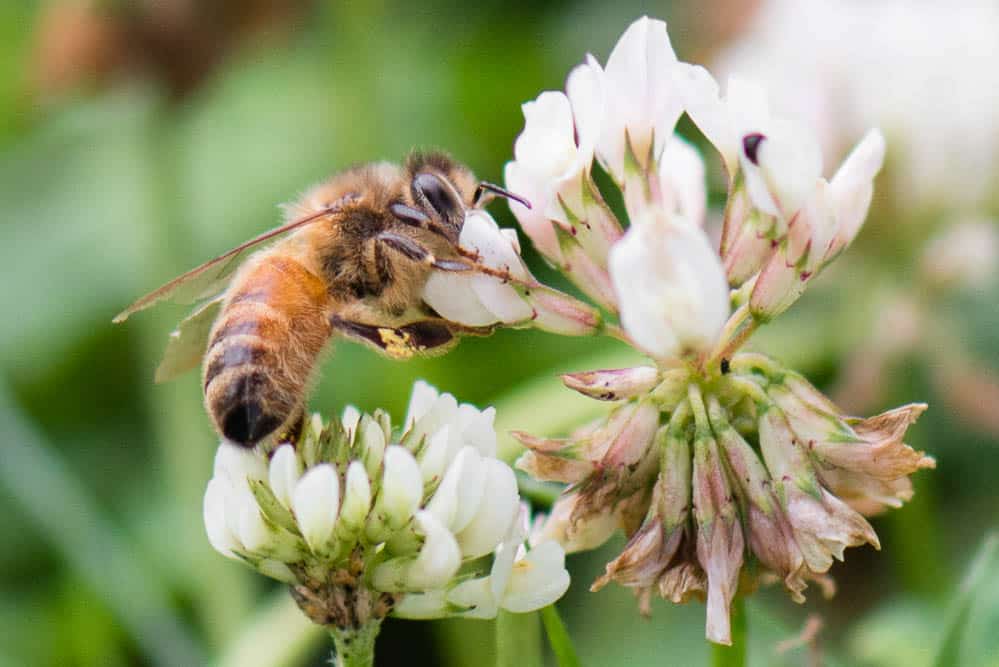
Pollination
1. Approximately one third of all the food Americans eat is directly or indirectly derived from honey bee pollination. Some crops pollinated are cucumbers, almonds, carrot seed, melons, apricots, cherries, pears, apples, prunes, plums, pluots, seed alfalfa, cantaloupe, seed onions, avocados, kiwi, blueberries, cranberries, etc.
2. Bees belong to an ancient species that has continually adapted to the many challenges posed by the environment. Consequently, a highly organized society has evolved. The development of a community lifestyle to ensure survival is but one example of the species’ evolutionary adaptations.
Honey Bee Colony
3. There are three members of the honey bee colony:
Queen– She is the fertile mother of all of the bees in the colony. Talk about your overbearing mother.
Worker– These are the infertile female bees. They do all of the work in the hive while the drones sit idly by hoping to get their once in a lifetime date with the queen. The workers perform all of the important tasks to keep the colony alive, such as guarding the hive, feed preparation, feeding the queen, drones and brood, as well as heating and cooling the hive.
Drones– These are your males. They only live for one thing . . . to mate with the queen. However, only one out a thousand lucky guys get the chance to mate (that’s a bummer). For the other poor drones, they’re like the wingmen who accompanied you to the bar to hit on the ladies only to watch you leave with the hottest chick in the place.
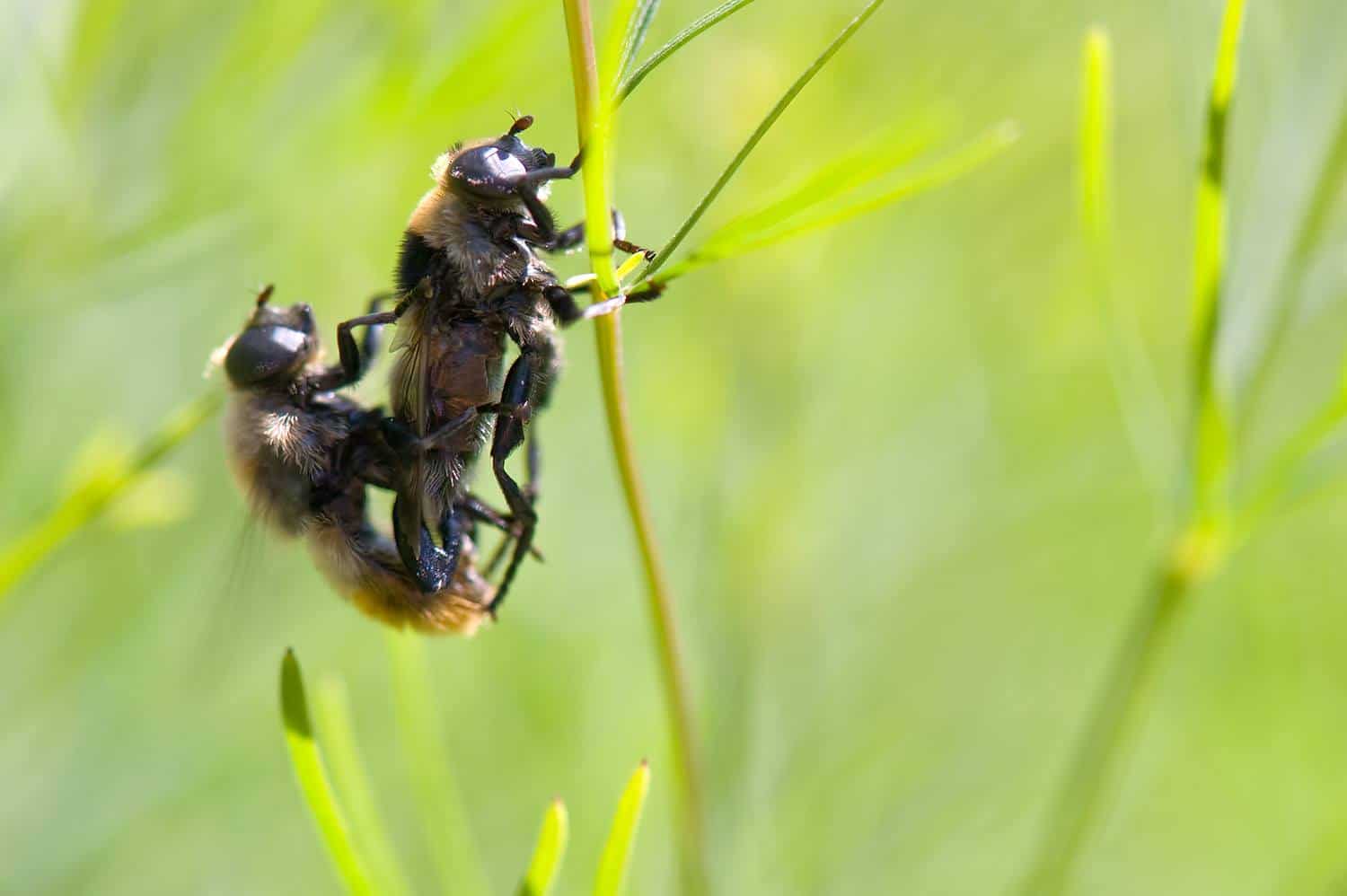
4. The bee uses a special invisible marking system, comparable to the military’s use of heat seeking missiles, to let the other attack bees know where they have found a vulnerable spot on the intruder or victim. This system uses chemical communicators called alarm pheromones to tell the other bees where to attack.
5. During the summer, the highest producing season for bees, the queen can lay up to 3,000 eggs per day.
6. In early spring, a normal bee colony can contain between 10,000 to 15,000 bees. The colony can then swell up to 50,000 to 60,000 bees in the summertime.
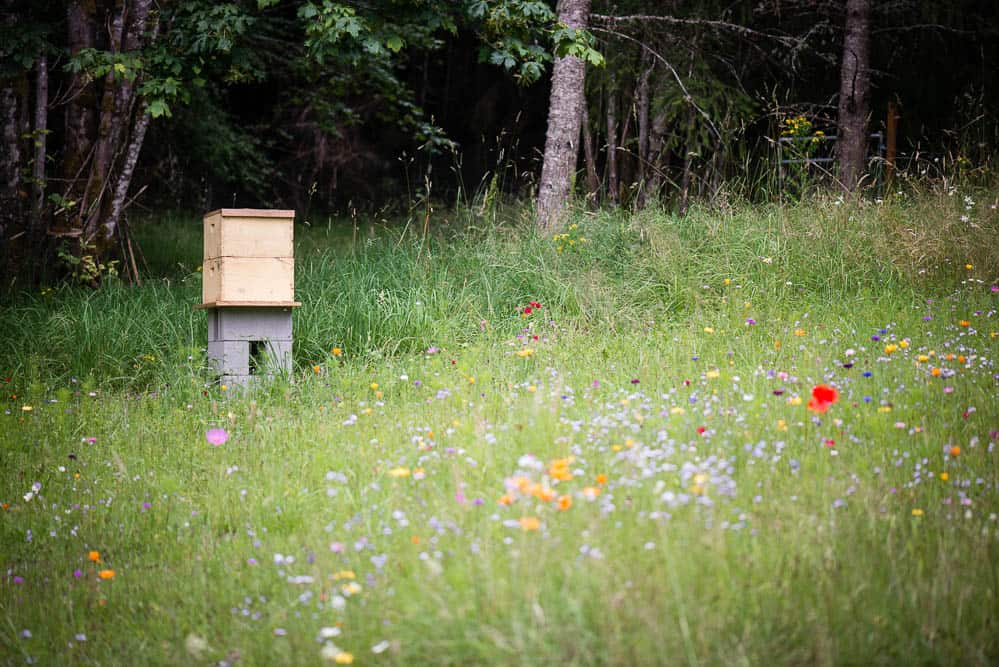
Bee stings
7. A bee will rarely sting when it is away from the colony foraging on pollen, nectar or water. However, a bee may sting if it is handled roughly (swatted at or stepped on), or feels alarmed in any way. Generally, if you leave a bee alone, it will leave you alone.
8. When a queen is five to six days old, she is ready to mate. She puts out a pheromone scent to attract the males and takes off in the air. The males from miles around smell the scent and instantly volunteer in the mating chase, which is performed in the air.
9. The queen bee can live 3-4 years, but her biological clock ticks a lot faster than you might think. Just a week after emerging from her queen cell, the new queen flies from the hive to mate. If she doesn’t do so within 20 days, it’s too late; she loses her ability to mate. If successful, however, she never needs to mate again. She holds the sperm in her spermatheca and uses it to fertilize eggs throughout her life.
10. A drone’s sole purpose is to mate with the queen. Once a lucky drone does, he dies soon after.
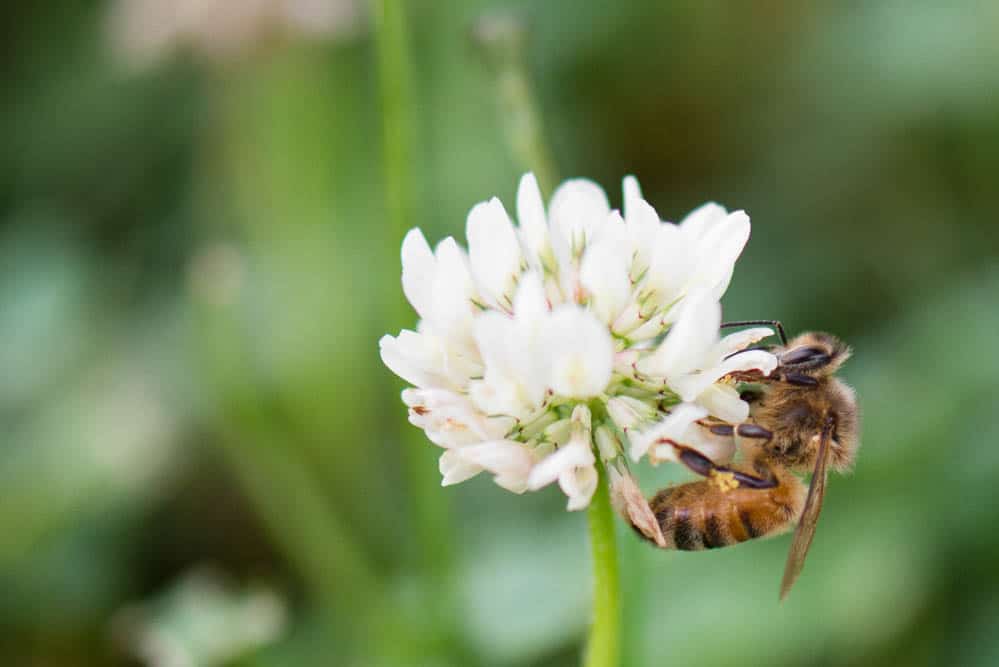
Harvesting honey
11. A single bee colony can produce up to 100 pounds of honey, which is harvested by the beekeeper.
12. It takes approximately 30,000 bees (a colony) to pollinate an acre of fruit trees.
13. In her entire life, a worker bee only produces 1/10 of a teaspoon of honey.
14. It takes up to 10,000 worker bees to produce a pound of honey.
15. Worker bees only live up to 6 weeks during the working season.
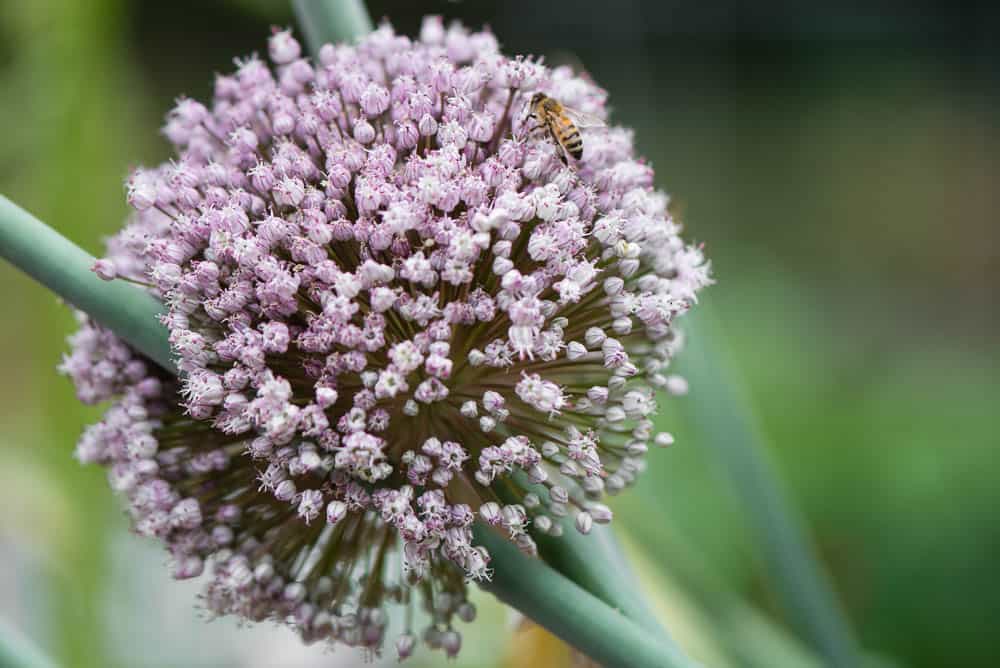
Honey bee communication
16. Bees possess the most sophisticated symbolic language outside of any animal besides the primate family. Within a honey bee’s brain are millions of neurons packed into only a cubic millimeter. They perform what is called "the honey dance" to communicate with other bees.
17. Older worker bees are the foragers, bringing nectar back to the colony. The mature, worker bees drink the nectar from flowers, using a straw-like proboscis. The nectar is stored in a special stomach called the honey stomach. The worker continues to drink until her stomach is full. A process called inversion takes place within the worker’s stomach. Special enzymes break down the complex sugars of the nectar transforming them into simple sugars, which are less prone to crystallization. With its belly full, the older worker returns to the hive. At the hive, the older worker regurgitates the transformed nectar. At this point, a younger, hive bee ingests the liquid into her stomach, which then breaks it down even further. Once that process is complete, the younger worker regurgitates the nectar into a cell of the honeycomb. The hive bees then beat their wings furiously, fanning the nectar to evaporate the remaining water content. As a result, the sugars thicken into honey. Finally, the hive bees cap the beeswax cell, sealing off the honeycomb for later consumption.
18. A worker bee can visit up to 2,000 flowers per day.
19. Honey bees can fly up to 15 miles per hour.
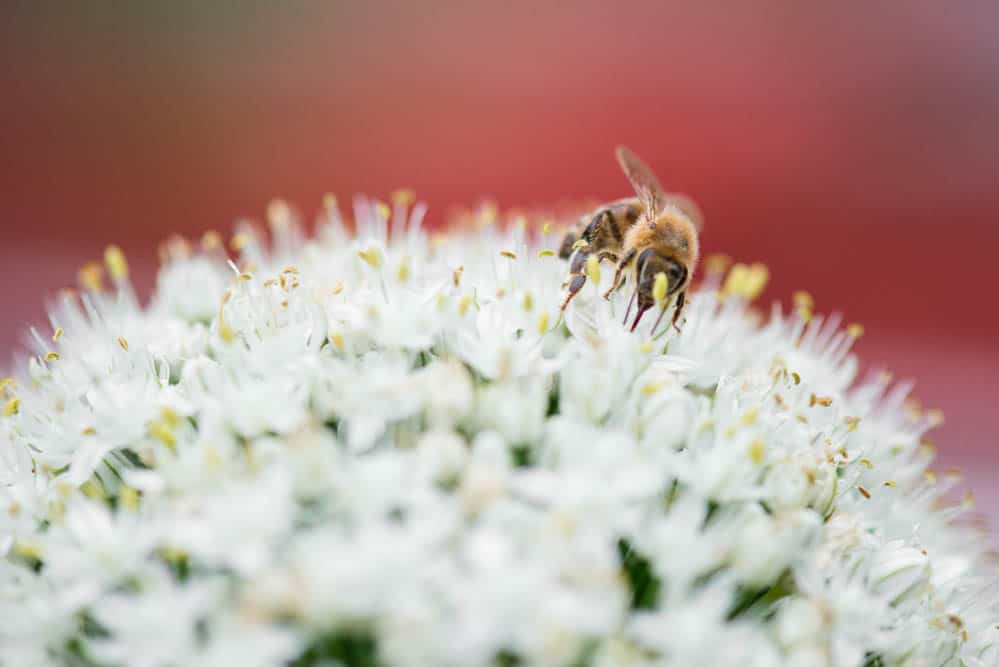
20. Honey bees have 5 eyes, 3 small ones on the top of their heads and 2 large ones in the front.
21. Bees maintain a constant temperature of 93 degrees Fahrenheit within their hive whether is 100 degrees or 50 degrees below zero.
22. Honey bees are the only insects that produce food for humans.
23. There are over 20,000 different species of bees. But only 4 make honey: The Italian, the Carniolan, the Russian,and the Caucasian.
24. After a bee sting in which the worker leaves behind her stinger, the venom sac can continue to pump venom into the wound up to 20 minutes.
25. The honey that bees produce is the only food that contains all of the nutrients and minerals needed to sustain life: enzymes, vitamins, minerals, and water. In addition, honey is the only food that contains pinocembrin, which is anantioxident associated with improved brain functioning.
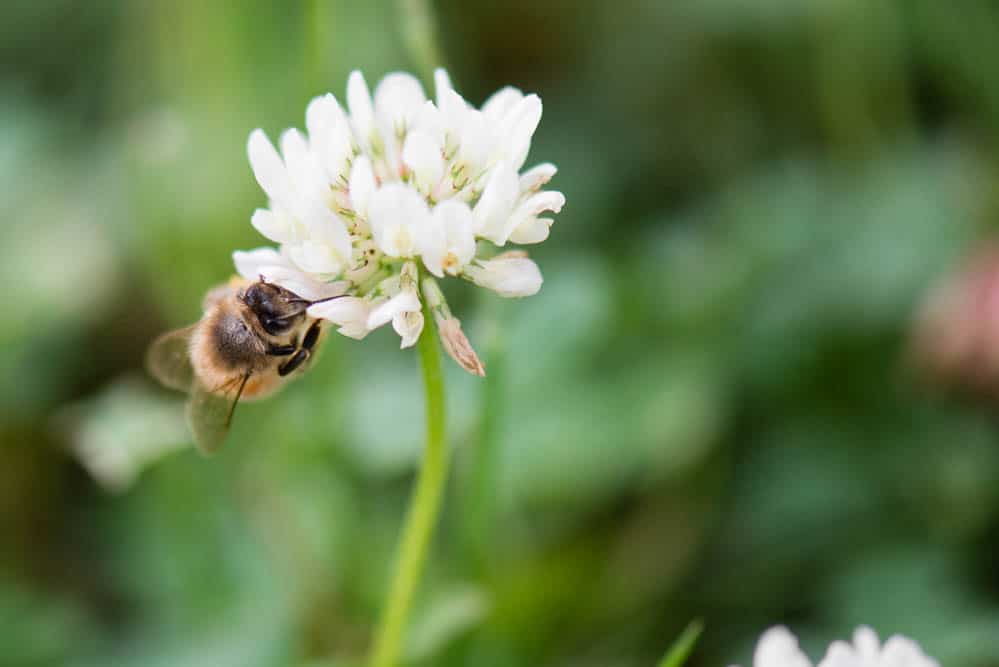

Leave a Reply